Nissan's CEO Explains Recovery Plan to Angry Investors

Nissan CEO Makoto Uchida attempted to smooth things over with investors last week by going over his company’s new recovery plan in great detail. As you undoubtedly know by now, the automaker found itself in a less than blissful situation following an ugly internal power struggle that highlighted corporate corruption and a business strategy that seemed like a liability without ideal economic circumstances and the man who penned it running the show.
With its share price already suppressed by worsening sales performance and assumed “management issues” with alliance partner Renault, the internal scandal kicked off by the arrest of former chairman Carlos Ghosn November 2018 is what really sent Nissan’s stock into a tailspin. Shares have lost more than half their value since the incident.
This placed Uchida in the undesirable position of having to explain what went wrong and how to fix it. In the past, Uchida said he’d happily be fired if he can’t turn things around, though that’s usually what happens to CEOs who can’t deliver (or need to be scapegoated and sacrificed on the alter of commerce by their board). Based on comments made at the company’s most recent shareholder meeting, Uchida seems to understand how things work.
“I said, ‘If Nissan’s performance does not improve, please fire me. Please dismiss me,’ ” he reminded the crowd on June 29th. “That’s what I said. And this policy remains unchanged.”
Japanese speakers reported investors were more irritable than usual this time. Nissan shareholders had already been vocal regarding concerns of French influence, with many insisting Nissan is a Japanese company and should be ran as such. However, some are now looking back at Ghosn’s era of profitability with rose-tinted glasses. His often repeated claim that he was on the receiving end of a corporate coup supported by the Japanese government has also gained traction, with at last one investor openly addressing the matter during the meeting. Considering that the conspiracy claims only look more credible over time, this was hardly a surprise.
According to Automotive News, Motoo Nagai, head of Nissan’s auditing committee, denied there was any plot to remove Ghosn. “I know that in the media they have talked about this being a conspiracy. But there is no fact whatsoever to this argument,” Nagai said, adding that an independent external task force and law firm Nissan hired to investigate the matter both uncovered misconduct.
We’ve also seen other high-ranking officials at Nissan dismiss themselves over similar claims of financial malfeasance. Some involved in Ghosn’s supposedly planned ousting have been given diminished roles within the company, but Uchida spent the brunt of the meeting trying to prove that the recovery plan, dubbed Nissan Next, is a good one — and is moving forward with aplomb.
From Automotive News:
In his latest appeal, Uchida pledged that the midterm plan unveiled in May would restore the embattled carmaker to a growth trajectory, but he warned a full rebound still needed time.
One benchmark of recovery, he noted, would be a return to positive free cash flow. He predicted that would happen sometime between October 2021 and March 2022. Nissan, which just posted its first full-year net loss in 11 years, bled ¥641 billion ($5.95 billion) in cash from its core automotive business for the year. But Uchida said the net cash position is still flush enough to get the company through the COVID-19 pandemic thanks to newly secured lines of credit.
Uchida insisted the midterm plan plots a path to full recovery in four years. The plan aims to restore operating profit margin to 5 percent and increase global sales about 9 percent to 5.38 million vehicles for a 6 percent world market share. The strategy slashes costs and closes factories to reduce bloated global production capacity of 7.2 million to 5.4 million vehicles.
Investor criticism remained steadfast, however. Renault continued to be shat upon for having too much influence (and voting rights) in regard to Nissan, production quality was faulted as a reoccurring problem for the brand, and the current management lineup was bemoaned as weak while failing to help restore the company’s credibility with the public. Some investors even looked back wistfully at Ghosn’s management style, suggesting a dictatorial approach would be best.
“What you need now is top-down strong leadership. You shouldn’t just spend time on democratic discussion. We need dictatorship,” the shareholder said. “Ironically, when Mr. Ghosn arrived at Nissan, in five or six years, he made [recovery] a reality. That’s what Nissan needs.”
Uchida said he has now taken the reigns, and any failings or successes will fall squarely on his shoulders. Yet several problems remain out of his control. French influence persists and doesn’t seem to be making Japanese shareholders anything but annoyed, though it might be unreasonable to expect investor glee when times are this tough.
Prior to his daring escape from Japan, Ghosn predicted Nissan would be bankrupt by 2022 while chatting with defense attorney Nobuo Gohara. “He told me that Nissan will probably go bankrupt within two to three years,” said Gohara during a news conference. While that premonition comes without clarifications as to how, Nissan remains in a bad state, with implosion looking probable if the recovery plan fails. That said, we’ve seen automakers come back from the brink of death before — including Nissan.
[Image: FotograFFF/Shutterstock]

A staunch consumer advocate tracking industry trends and regulation. Before joining TTAC, Matt spent a decade working for marketing and research firms based in NYC. Clients included several of the world’s largest automakers, global tire brands, and aftermarket part suppliers. Dissatisfied with the corporate world and resentful of having to wear suits everyday, he pivoted to writing about cars. Since then, that man has become an ardent supporter of the right-to-repair movement, been interviewed on the auto industry by national radio broadcasts, driven more rental cars than anyone ever should, participated in amateur rallying events, and received the requisite minimum training as sanctioned by the SCCA. Handy with a wrench, Matt grew up surrounded by Detroit auto workers and managed to get a pizza delivery job before he was legally eligible. He later found himself driving box trucks through Manhattan, guaranteeing future sympathy for actual truckers. He continues to conduct research pertaining to the automotive sector as an independent contractor and has since moved back to his native Michigan, closer to where the cars are born. A contrarian, Matt claims to prefer understeer — stating that front and all-wheel drive vehicles cater best to his driving style.
More by Matt Posky
Latest Car Reviews
Read moreLatest Product Reviews
Read moreRecent Comments
- SCE to AUX "...to help bolster job growth and the local economy"An easy win for the politicians - the details won't matter.
- Kjhkjlhkjhkljh kljhjkhjklhkjh so now we will PAY them your tax money to build crappy cars in the states ..
- SCE to AUX Yes, I'll miss it, and it doesn't make sense to kill off your 3rd-best seller. 2023 was its best year since 2018.
- SCE to AUX This was the same car I had (05 xB, stick, "camouflage" color) for 7 years - great car.We called ours "The Lunchbox". I added aftermarket wheels, and the 3rd-party cruise control the dealers could install.It suffered only two failures: bad window switch in week 2 (dealer fixed in 1 hour), bad trailing O2 sensor (fixed myself for $70). Fuel economy was always 28-34 mpg.It was a potential death trap, and ride quality became unbearable after 2 hours. I once did a 10-hour round trip in it and could barely walk after.Traded it for a 2012 Leaf, which was a better car in some ways.
- Bd2 The "e" nomenclature signifies the e-ATPs which BMW is pursuing.
















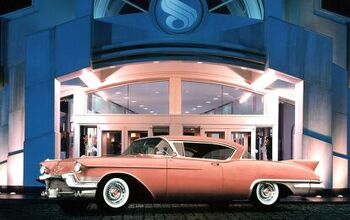
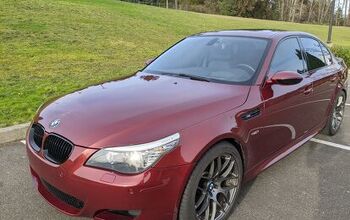
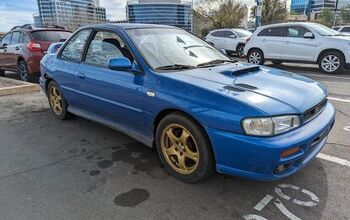
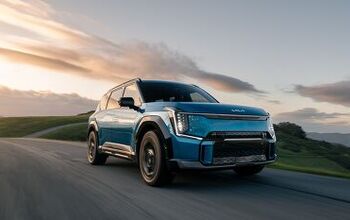

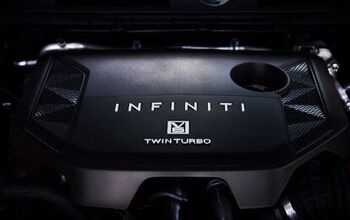
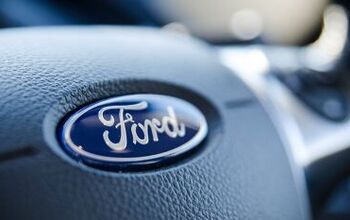
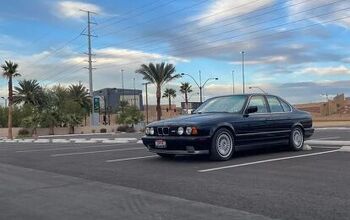
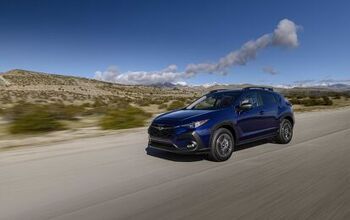
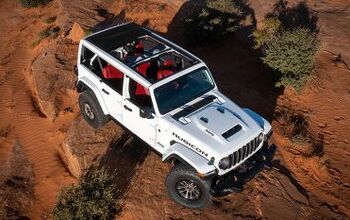




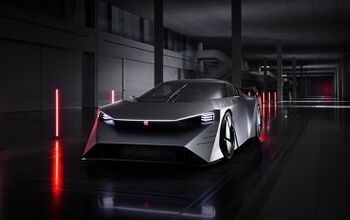
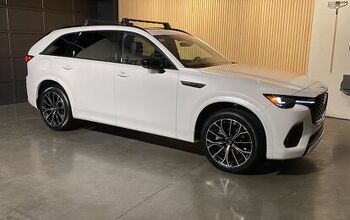
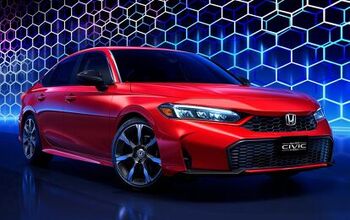
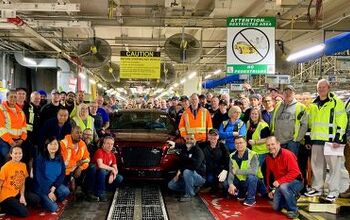
Comments
Join the conversation
As someone of a certain age, I, and my friends, bought these cars in the 1970s where they were Datsun. The quality was equal to whatever was around then (if not better than the big 3) and the Datsun name commanded list price. Maybe producing a quality product would go a long way toward increased sales and a savings in discounts. Why is this such a difficult concept to master in 2020??
SE-R all the things and at least go out with a bang.